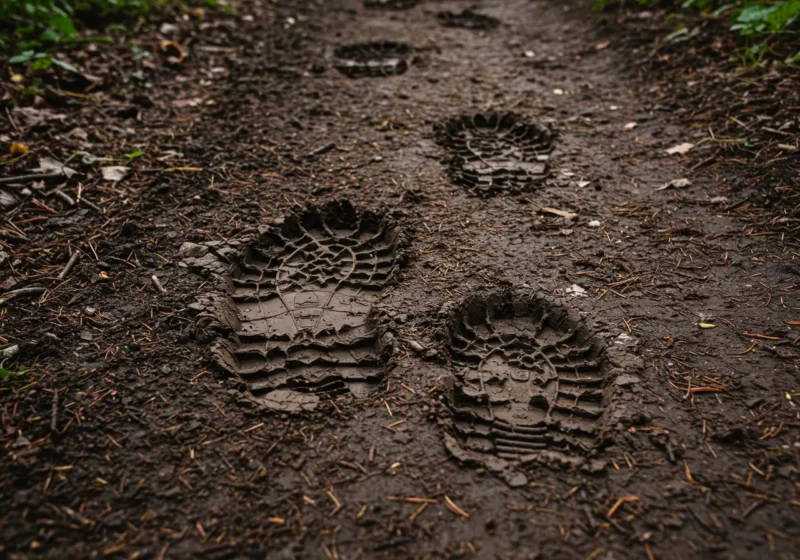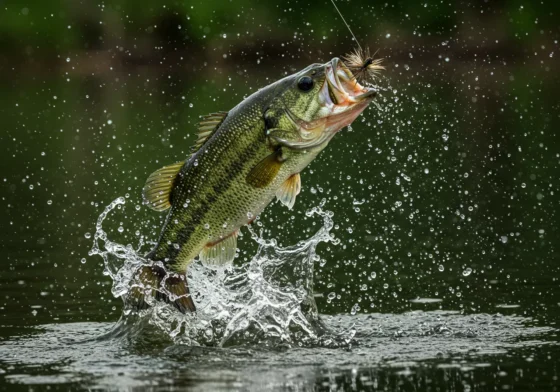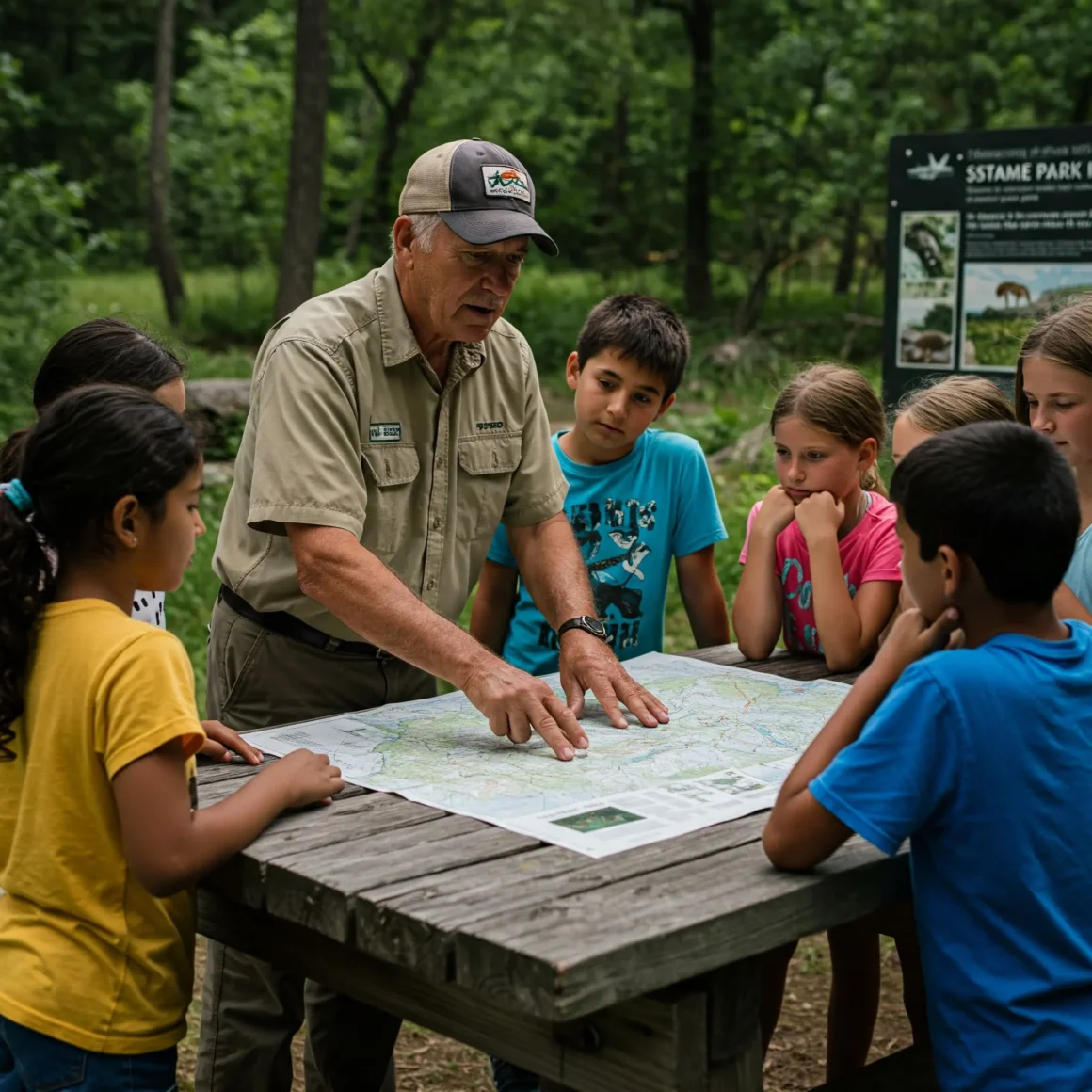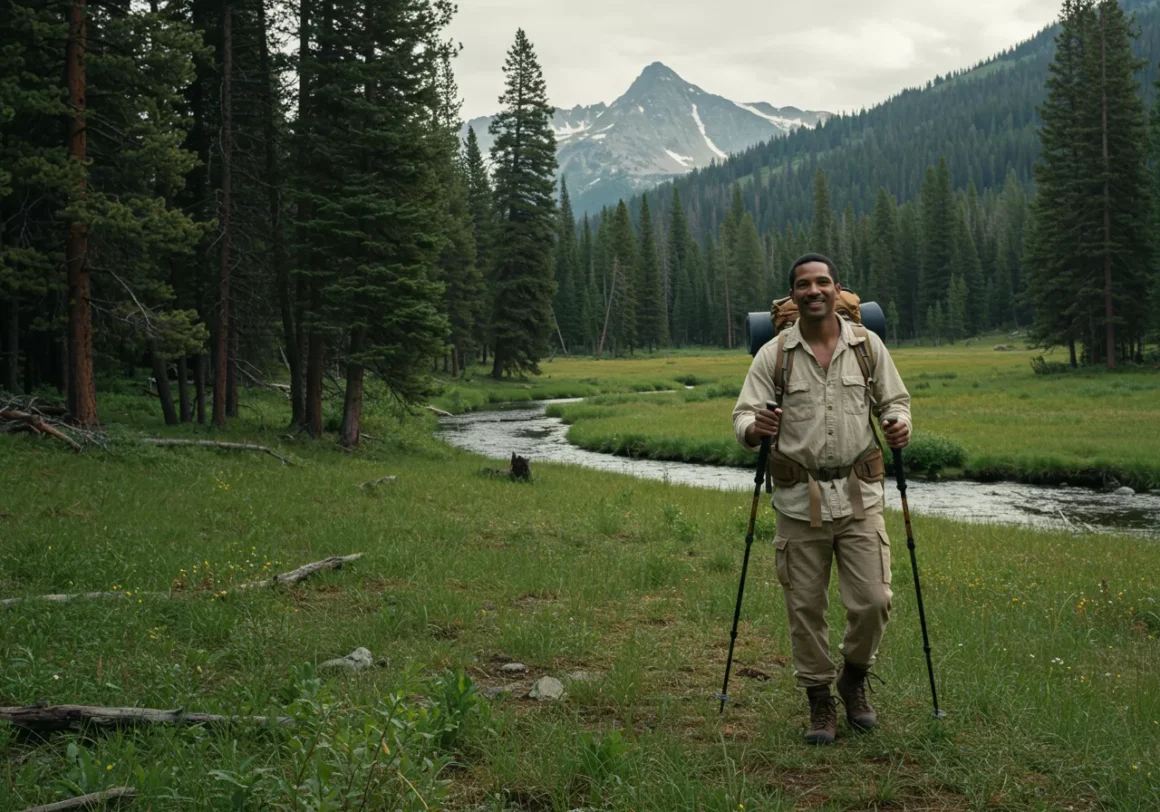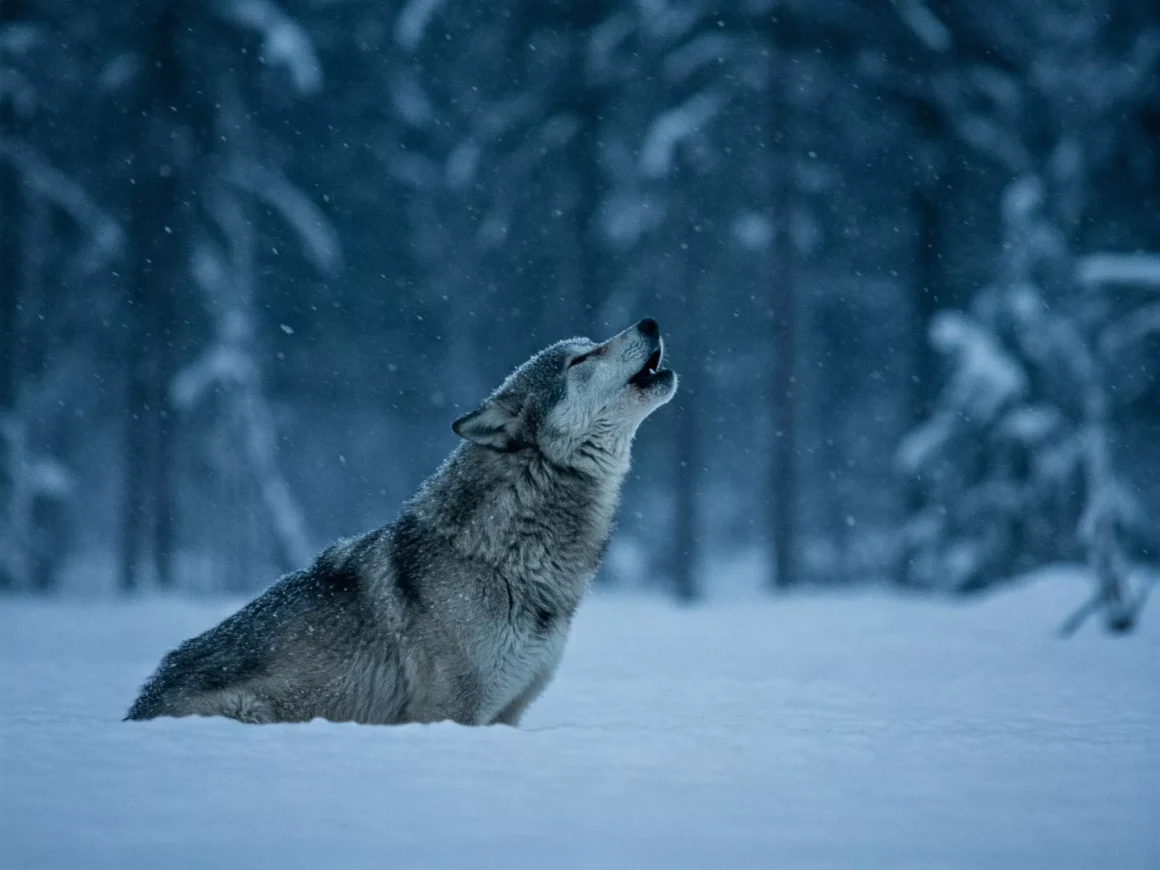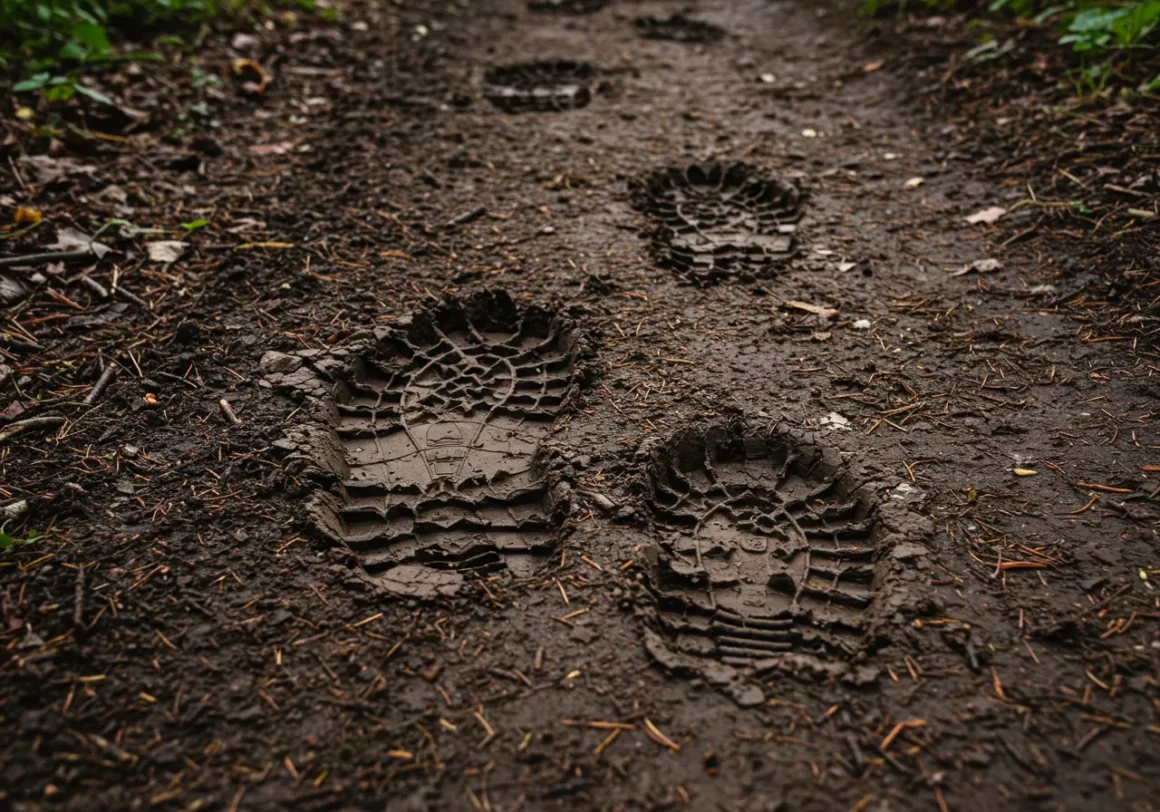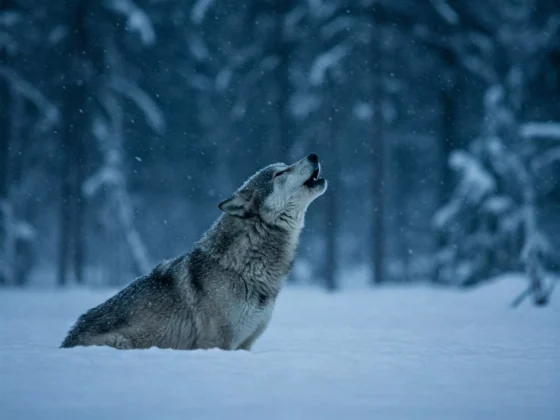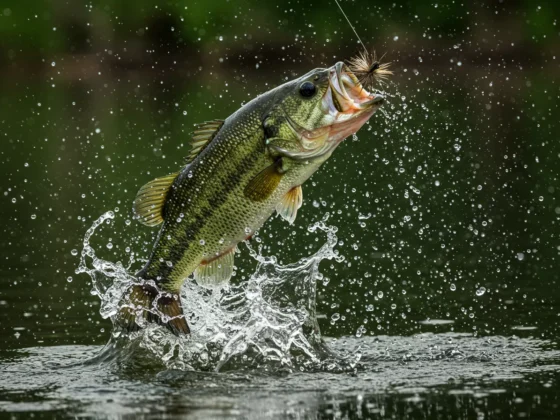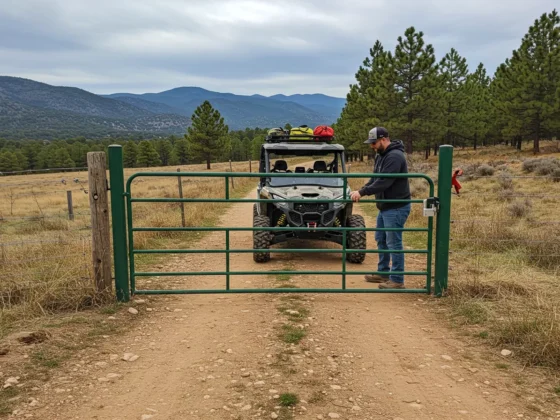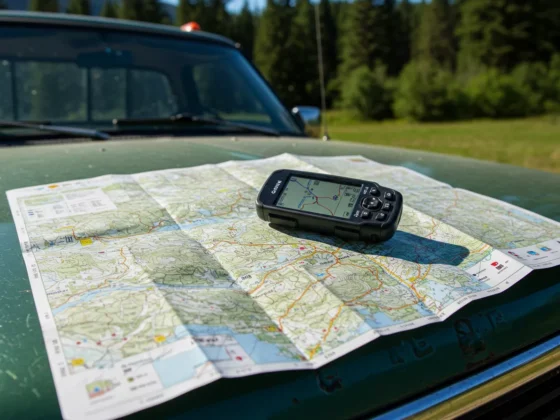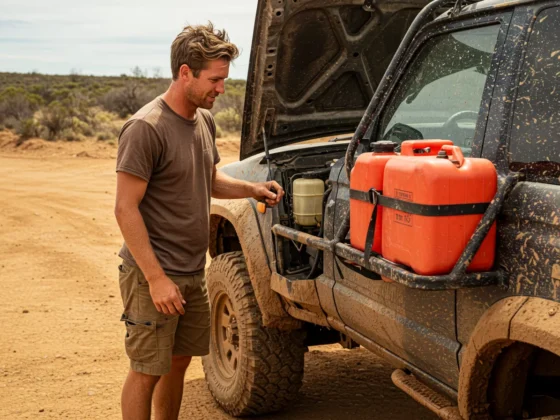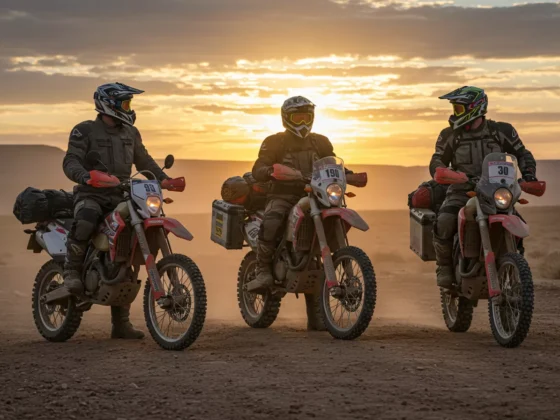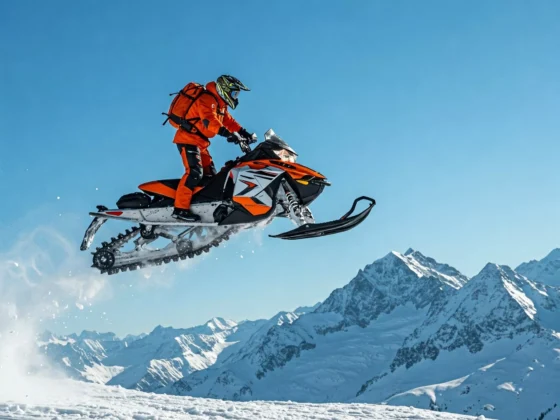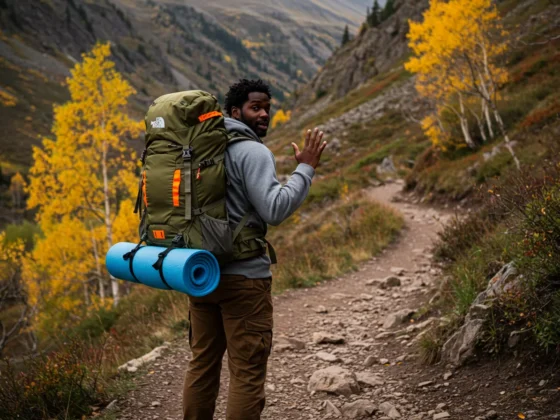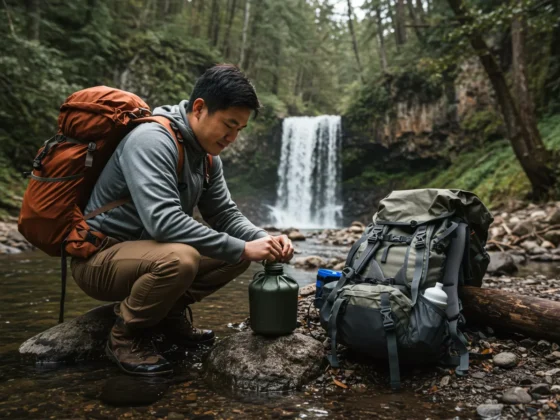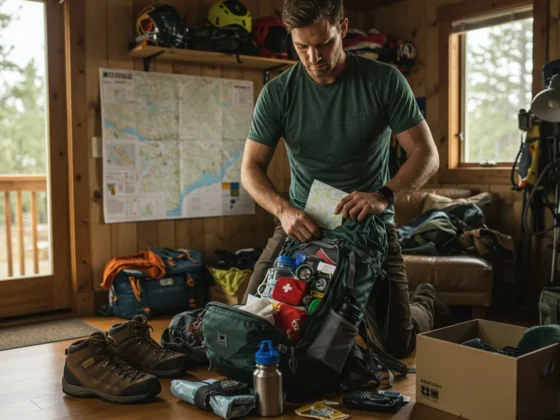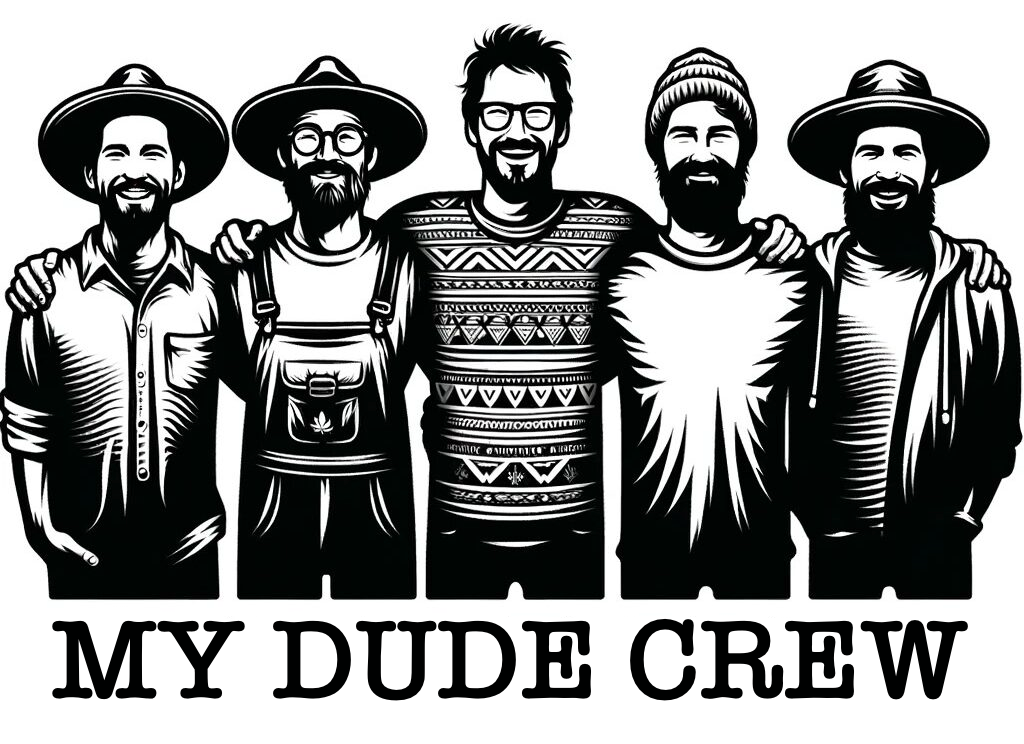Alright folks, let’s talk turkey about something real important: our footprint out there. We head into the woods, up the mountains, or down the rivers because we love it. We love the quiet, the challenge, the beauty that just slaps you in the face sometimes. But the truth is, every single time we step off the pavement and onto the trail, we’re making an impact. And understanding that impact, respecting it, that’s part of being a true outdoorsman, not just a visitor.
Think about that hidden alpine lake you finally hiked to, the one with water so clear you can count the pebbles twenty feet down. Or that perfect campsite nestled in the pines, smelling of needles and damp earth. These spots feel wild, untouched. And we want to keep ’em that way, right? That’s where ecological awareness comes in. It’s not just some tree-hugger concept; it’s practical sense for anyone who values the wild places we roam.
Our impact isn’t always dramatic. It’s often subtle, cumulative. One bootstep off the trail might seem harmless, but multiply that by dozens, hundreds, thousands of boots, and you’ve got a muddy scar that widens every year. One scrap of dropped jerky wrapper, tiny as it is, isn’t natural and can harm wildlife or just hang around for centuries.
So, what does this mean for us, the guys and gals who live for the next trip out? It means being intentional about how we move through these spaces. It means being a steward, not just a consumer of the wilderness experience.
Here’s the breakdown of how we tread lightly, the kind of stuff that makes a real difference:
- Plan Like Your Boots Depend On It: This is step one, and it’s a big one. Knowing the area you’re heading into – the regulations, the fragile zones, the expected weather – helps you avoid problems before they start. Got a big group? That needs more planning to minimize impact. Know the fire restrictions. Understand where you can and can’t camp.
- Pro Tip: A little pre-trip research on the specific ecosystem you’re visiting can open your eyes to how delicate things might be. Desert crust? Super fragile! Alpine meadows? Don’t stomp the wildflowers!
- Stick to the Straight and Narrow (Trails, That Is): We build trails for a reason. They’re designed to handle foot traffic with minimal damage. Cutting switchbacks causes erosion. Trampling vegetation off-trail compacts soil and kills plants that hold things together.
- Think of it this way: The trail is the path of least resistance for the environment. Stay on it, even if it’s muddy or a little longer. Your boots are tough, the plants might not be.
- Pack it In, Pack it Out. Period. This one’s non-negotiable. If you brought it with you, it goes home with you. That includes all trash – food scraps, wrappers, bottle caps, even those tiny bits of plastic that break off gear. And yes, this applies to organic waste too. An apple core takes ages to decompose in some environments and can attract wildlife, leading to habituation (which is bad for them).
- The Nitty-Gritty: Human waste needs to be handled correctly too. Away from water sources (at least 200 feet!), dug into a cathole 6-8 inches deep, and covered back up. Wag bags are even better in high-use or sensitive areas. Toilet paper? Packs out with your trash! No exceptions.
- Leave Nature As You Found It (or Better): It’s tempting to take that cool rock, that unique feather, or carve your initials into a tree. Don’t. Leave them there for the next person, and for the ecosystem. Altering a site – building structures, digging trenches around tents, messing with historical artifacts (yes, those are out there!) – disrupts the natural setting.
- Scenario: Found a cool arrowhead? Admire it, maybe take a photo, but leave it where it is. It’s part of the story of that place.
- Campfires: Friend or Foe? A crackling fire is part of the experience, but fires can be incredibly damaging if not managed right. Use established fire rings whenever possible. Keep fires small. Make sure it’s dead out before you leave – coals cool to the touch. In many popular areas, stoves are a much lower impact alternative for cooking.
- Common Pitfall: Thinking a fire is out just because there are no visible flames. Always drown, stir, and feel the coals. Seriously. Forest fires are devastating.
- Give Wildlife Their Space: We’re guests in their home. Observe animals from a distance. Never feed them – it alters their behavior, makes them dependent, and can lead to conflict. Store food securely (bear canisters, hanging bags) to keep critters out of your camp. Control your pets.
- Relatable Moment: Stumbling too close to a deer or elk can stress them out, especially during sensitive times like mating season or when they have young. Give ’em room to breathe.
- Be Cool to Your Fellow Outdoorsmen: This ties into ecological awareness because crowded, noisy, or inconsiderate behavior degrades the experience for others and can also inadvertently damage the environment (e.g., loud noises stressing wildlife). Share the trail. Keep noise down. Respect solitude.
Understanding our impact isn’t about feeling guilty; it’s about being responsible. It’s about recognizing that the health of the wild places we cherish is directly linked to our actions when we’re in them. By adopting these practices, we ensure that those crystal lakes, quiet forests, and rugged peaks are around not just for us to enjoy today, but for our kids and grandkids to explore tomorrow. It’s part of the legacy we leave behind, just like the stories we tell around the campfire (a well-managed one, of course!). Let’s be good stewards out there. The wild country is counting on us.

